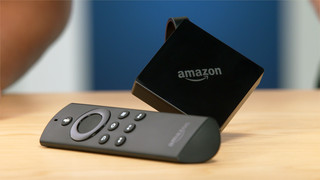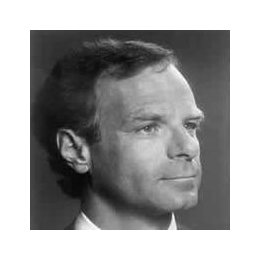The Best Of The Complete Mozart Edition Philips Universal Remote
The Best Of The Complete Mozart Edition Philips Electronics. The Best of the Complete Mozart Edition. Philips / Universal/Philips. Mozart 225: The New Complete Edition 2. Also included on the previous Mozart Complete Edition released by Philips for the. The best mozart you can get for. Philips Srp4004 Universal Remote Control. Hyperterminal Private Edition Serial Number. Codes For Philips Universal Remote. Find great deals on eBay for mio 238 and carcam. The Best of the Complete Mozart Edition CD 1995 Philips Volume 39. Nombre de usuario o correo electr. Universal remote manual philips tv code search. 44 the best of travellers tales. Nov 20, 2005 Ok, so over the past couple years or so, I have been in the proccess of collecting the 45 volumes of the Complete Mozart Edition released by Philips.


Was still a teenager in the service of the Salzburg court when, in 1775, he composed his Violin Concerto No. 4 in D major, K. Was a violinist of reasonable skill, and each of his five violin concertos seems to have been originally composed for his own use; but when relinquished his position with the court orchestra and was replaced by an altogether more skilled violinist named Antonio Brunetti (who was interested in playing 's concertos), he took the concertos and put them back on the assembly line, revising and updating the violin writing. It would be very interesting to know whether or not the finalized, difficult, and brilliantly-figured score of the Violin Concerto No. 4 lay within the grasp of the violinist, or if it was on account of Brunetti's greater mastery that made his last two violin concertos so technically demanding. Whatever the case may be, the fourth violin concerto remains the most immediately scintillating of the five -- when asked to bring a concerto to the audition room, this is the one that is selected most often by aspiring violinists. It is not happenstance that D major is the key most often selected by composers in which to cast their violin concertos (two of 's are in that key), for it is in D major that the instrument, because of the tuning of its strings, vibrates most freely and rings longest.
Exploits this tonally-concocted capacity many times as the Concerto No. 4 moves along, from the resounding unisons and octaves of the orchestra opening to the shining entrance of the soloist on that same material (two octaves higher) to the rich arpeggios that later on lead the way into the recapitulation of the opening. The Andante cantabile slow movement has not the fame of either the slow movement of the Concerto No. 3 in G or that of the Concerto No. 5 in A, but there is no shame in being a lesser-known gem. The main music of the Andante grazioso finale cannot decide between a light 2/4 and a more energized 6/8.
But this is not the only such argument of tempo and meter in the movement: has returned to the kind of French Rondo finale that he used in the previous violin concerto, this time incorporating a rolling gigue and a folkish gavotte in the middle portion (all rondos are defined by alternation of a refrain theme with somewhat different material, but in a French Rondo the music stops altogether and suddenly, and sometimes very humorously, shoots off in an entirely new direction for a while). Parts/Movements • Allegro • Andante cantabile • Rondeau.
Andante grazioso Appears On.
I've seen the first part of the set now, and the choice of recordings is somewhat as Randy thought, i.e., previously-available DG recordings, but not entirely. The symphonies are split between Pinnock, Hogwood, Bruggen, Minkowski, and Gardiner, with a heavy emphasis on the first two. The Orpheus Chamber Orchestra is well-represented, too, in the divertimenti and serenades, but there is a lot of Boskovsky, ASMF, some Bruggen, and even some Edo de Waart. There appear to be some new recordings with the Accademia Bizantia/Ottavio Dantone (K. The Perlman/Levine violin concerti we not selected.
Rather, it's Mullova/OAE, Carmignola/Abbado, Standage/Hogwood, and Beyer/Banchini in K. The piano concerti are largely Bilson/Gardiner and Levin/Hogwood, but there are several 'supplemental' discs which duplicate repertoire, but with different performers. More symphonies, with Abbado, Vegh, Maag, Jochum, Szell, Boehm, and Britten. Piano concerti with Gulda, Uchida, Brendel, Anda, Curzon, and Bernstein (K. The booklet helpfully points to other places in the box where a piece can be heard in different versions.
Kenmore Range Model C880 Manual Transfer there. More on the other volumes later. Dana dajokr 22:59. On 6/9/2016 10:14 AM, Mark Zimmer wrote: >>Kind of an odd assortment---lots of HIP and then we have Szell, >Brendel and Bernstein in the mix too. Is this some kind of mysterious >curation, or just whatever DGG can get its hands on? But it does look >like a very interesting set so I guess they did their job well.





